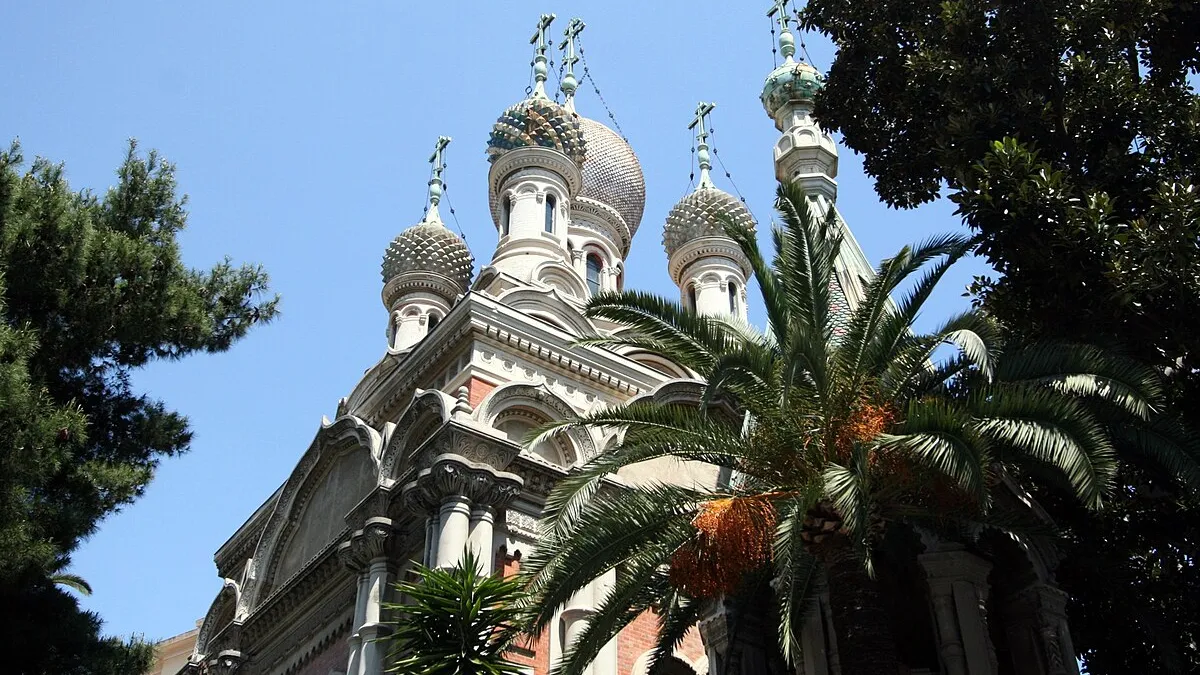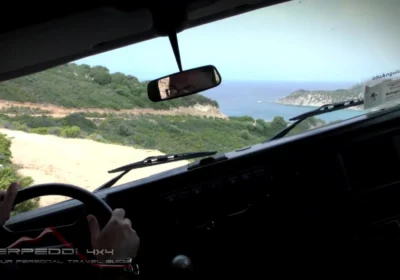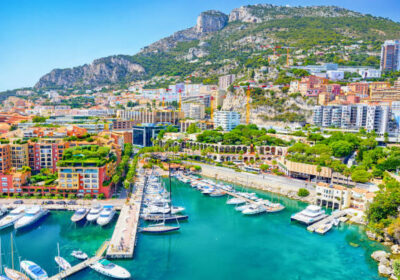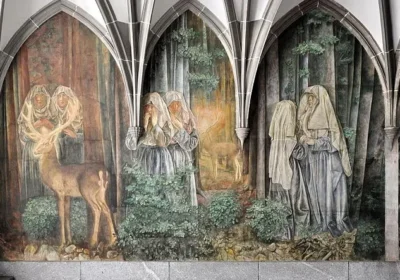In the 19th century, many Russian noble families and representatives of the Romanov house spent the winter months on the Italian Riviera. The most favourite town on the coast was San Remo. Tsarina Maria Alexandrovna, wife of Alexander III, spent the winter season of 1874-1875 in San Remo and started the tradition of holidays on the Italian Riviera among the rich and famous Russians. As a symbol of her favour, she gave the town the palm trees that can still be seen on the promenade, and as a reciprocal gesture the town council named the promenade in her honour.
The idea to build a Russian church in San Remo belonged to Grand Duke Sergei Mikhailovich, who stayed at Villa Flora in 1890, and was supported by the Tsarina. At this time many aristocratic families – the Olsufievs, the Sheremetevs, the Demidovs – already owned property in San Remo, and many more Russians were being treated here for tuberculosis. There was already a Russian bathhouse, a bakery and a pharmacy. The construction of a church was delayed for some time due to lack of funds, and until 1908, when an Orthodox chapel was built in the cemetery, services were held in house churches, for example in Villa Gloria, at Mrs Strekalova’s house, or in the building at Via Roma 22. Finally, in 1912. Nicholas II issued a decree on the construction of the church and personally donated 2000 roubles to the cause. The place for the church was chosen in the city centre, opposite the railway station and, symbolically, right at the beginning of the Empress’s promenade.
The author of the first sketches of the church was A. V. Shchusev, an expert in church architecture. He himself had never been to San Remo, and it was up to local architect Pietro Agosti and engineer Antonio Tornatori to realise his design. The cornerstone was laid on 26 November by Father Nicholas Aquilonov from Mentona. Shortly afterwards a fundraising campaign for the construction began, but not much money was raised. By the end of 1913 the church was only partially built, but the first service was held here. The completed church was consecrated in honour of Christ the Saviour, the martyr Saint Katherine and Saint Seraphim of Sarov, although today it is called simply the Church of the Saviour. The church consecration ceremony was attended by the Anglican and Protestant clergy of San Remo (the Catholic clergy found it impossible for them to do so). The ceremony was followed by a Russian-style gala dinner at the Savoy Hotel, at which a telegram was sent to Nicholas II in Livadia.
The five-domed church with onion domes is a very richly decorated building in the 16th-century Moscow style. It is made of red brick, decorated with decorative crosses, sandstone balusters and kokoshniks. The multi-coloured tiles on the roof and domes and the octagonal bell tower with a hipped roof trimmed with majolica stand out. The height of the church is about 50 metres. During World War II a bomb hit the building and the church had to be restored. In 1961 it was declared a monument. Nevertheless, the church remains active to this day, although today the Orthodox community of San Remo is very small.

















